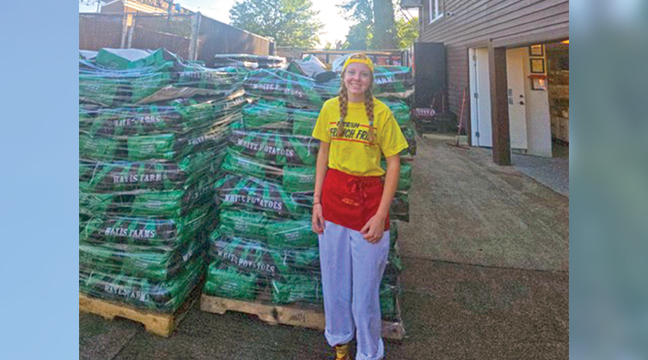Question: I read your recent article about winter travel safety. I also heard you were a Boy Scout, which would apply to this also. Can you talk more in depth about what a person should have in their vehicle?
Answer: Great topic to expand on. Yes, I serve as the scoutmaster for my sons’ Boy Scout troop. The Boy Scouts’ motto is “Be Prepared.” During the winter months, being prepared becomes even more important. Things happen: Crashes, stalled vehicles, being on the wrong side of a jackknifed semi or a whiteout blizzard that lasts for many hours. A phone can call for help, but from over 25 years as a Minnesota State Patrol trooper I can tell you if there are a lot of crashes and roads are bad, help might not reach you quickly. Be prepared and have a plan; doing both could save your life.
- Fuel – Keep your tank as full as possible. When you start nearing half of a tank, fill up. You might think you can easily fill up at the next exit. But what happens if you end up stopped in traffic, unable to turn around or exit the freeway due to a jackknifed semi? There you sit — in subzero temps and almost out of fuel.
- Clothing – Snow suits, snow pants, extra winter jackets, blankets, sleeping bags, hats, gloves and boots. Keep extra sets in the vehicle and make sure there is enough for all passengers. If your vehicle quits running and help cannot get to you for several hours in extreme cold temperatures, these clothes are essential. .Stay in your vehicle. Walking in a storm can be very dangerous. Your vehicle is a good shelter until the storm passes.
- Winter driving survival kit – You can purchase one or make your own. Start with a plastic tote or container to put your stuff in. Items should include:
o Small candles and matches (waterproof)
o Small, sharp knife and plastic spoons
o Red bandanna or cloth
o Pencil and paper
o Large plastic garbage bag/emergency blanket
o Safety pins
o Whistle
o Snacks/food that you can eat hot or cold
o Cell phone adapter to plug into lighter
o Flashlight and spare batteries
o First Aid kit
o 30-foot cord/rope to use as homing line when you must exit the vehicle
o Booster cables
o Basic tools
o Sand, cat litter or other grit in a plastic carton
o Shovel
o Tow cables, tow rope or chain
o Road flares and reflectors
o Warm clothes including boots, hats and gloves









